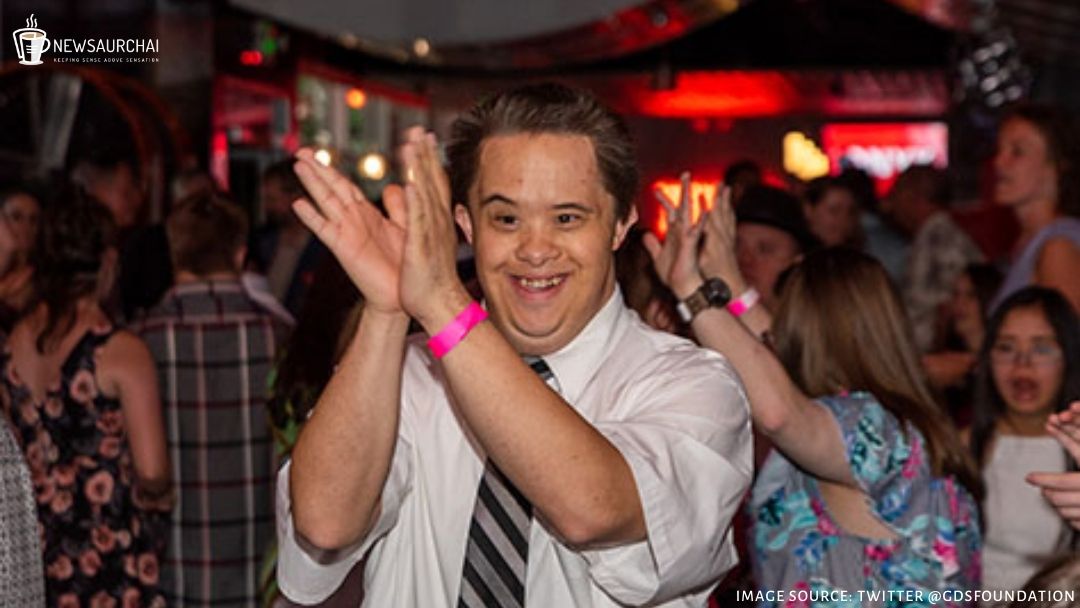
Down Syndrome is a genetic disorder caused when an abnormal cell division leads to an either an extra, full or partial, copy of Chromosome 21. Chromosome 21 is one of the 23 pairs of chromosomes in humans. This ‘extra copy’ results in developmental changes and different physical features of Down Syndrome. It is also known as Trisomy 21, since it is a condition in which a child is born with an additional copy of his 21st chromosome. It is the most common genetic chromosomal disorder and varies from one individual to another. Furthermore, it can cause other medical abnormalities, including gastrointestinal and heart problems.
Today is the start of Down’s Syndrome Awareness month. Throughout October we are going to be celebrating people with Down’s syndrome and all they achieve. #DownSyndromeAwarenessMonth pic.twitter.com/AC3laOEtqp
— 21 Plus (@21PlusDS) October 1, 2020
Discovery of Down Syndrome
|
Year |
Progress made in the Research |
| 1866 |
|
| 1959 |
|
| 2000 |
|
Today marks the start of #DownSyndromeAwarenessMonth – something very close to our hearts 💖
We’re going to showcase a different client with Down syndrome each day and who better to kick off proceedings than the beautiful redheaded Wonder Woman Harriett? 😍 pic.twitter.com/owqbbPpcm3
— The Cube Disability (@CubeDisability) October 1, 2020
Causes
There are no behavioural or environmental factors that can lead to Down Syndrome. However, any of the following three genetic variations can lead to the same:-
- Trisomy 21:- This is the most known cause of the genetic disorder (95 per cent of the time). Every individual has 23 pairs of chromosomes, with one in each pair from the father and the other from the mother. When an individual’s 21st chromosome divides abnormally, he ends up having 3 copies of the 21st chromosome, instead of the usual 2 copies. The abnormal cell division happens during the development of either the sperm cell or the egg cell;
- Translocation Down Syndrome:- Here, a portion of the individual’s 21st chromosome affixes itself onto another chromosome, but he has only the usual 2 copies of the 21st chromosome. This could be caused before or at the time of conception;
- Mosaic Down Syndrome:- This is a rare cause, wherein an individual has only a few cells with an extra copy of the 21st chromosome. This abnormal division is caused after the fertilization stage.
Common Symptoms
- Flattened face;
- Small head;
- Short neck;
- Tongue sticking out;
- Eyelids slanting up (palpebral fissures);
- Small or unusually shaped ears;
- Poor muscle tone;
- Small feet, short hands with small fingers and a single fold in the palm;
- Excessive flexibility;
- Short height;
- Tiny white spots on the iris of the eye (called the Brushfield’s spots);
- Intellectual disabilities.
Possible Complications
People with Down Syndrome can experience certain complications, which could intensify as they get older. These complications include:-
- Dementia:- This is a general term for loss of memory, language, problem-solving and other thinking capabilities that are severe enough to obstruct one’s daily activities. Its signs and symptoms may begin around the age of 50. Dementia, coupled with Down Syndrome, could lead to Alzheimer’s disease;
- Leukaemia:- Leukaemia is a blood cancer where the count of white blood cells in the human body is higher than the count of the red blood cells and the platelets. Young children with Down Syndrome are exposed to a higher risk of being affected with leukaemia;
- Spinal problems
- Obesity
- Sleep apnea
- Immune disorders
- Gastrointestinal disorders
- Heart defects
Statistics
As per the Down Syndrome Federation of India, there is a greater probability of Down Syndrome in India and it occurs in from 1 in 800 live births to 1 in 1,100 live births. The risk of Down Syndrome increases with age, a child with this disorder can be born to a mother at any age. Only 20 per cent of the Down Syndrome births occur in those women who have crossed the age of 35. 80 per cent of children with Down Syndrome are born to mothers who are within the age limit of 35. Due to the advancements in the medical field, such individuals are now living healthier, stronger and longer than before.
Is there any treatment?
No. But, this can be addressed through:-
- Various educational and support programs providing assistance to the child and families concerned;
- Counselling sessions to enable families to help children with the improvement of their skills and abilities;
- Reliable schools which help such children to socialize and develop the required life skills.
In addition to this, there are a handful of organizations that are dedicated to supporting them. To name a few, the Down Syndrome Federation of India (Chennai) and the Down Syndrome Care Association (Mumbai).
Impact on Society
The impact and changes or transformation in the society regarding this disorder is drastic. Earlier people even though such children were cursed or evil; accepting their own “bundle of joy” was difficult for the parents, let alone the society. The lack of understanding, scientific knowledge and acceptance from the family and society as a whole made life challenging for such children. However, advancement in science and change in the mentality of society towards such special children –from ignorance to acceptance– which was a result of strenuous efforts of awareness by various global and national organisation, has brought about a bright future for them.
Today, individuals with Down Syndrome are widely accepted in the society and community. Opportunities are not denied to them and they are encouraged to be active in various activities, according to their capabilities.
"When we include everyone, the world is a better place", absolutely right Stephanie https://t.co/QPWHIYzzJ9
— World DS Day (@WorldDSDay) October 4, 2020





